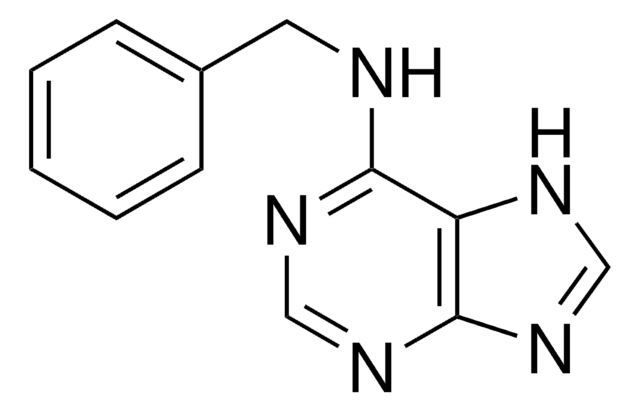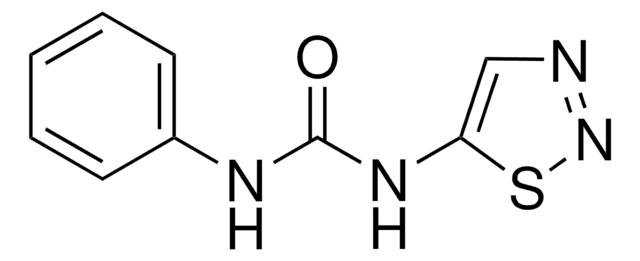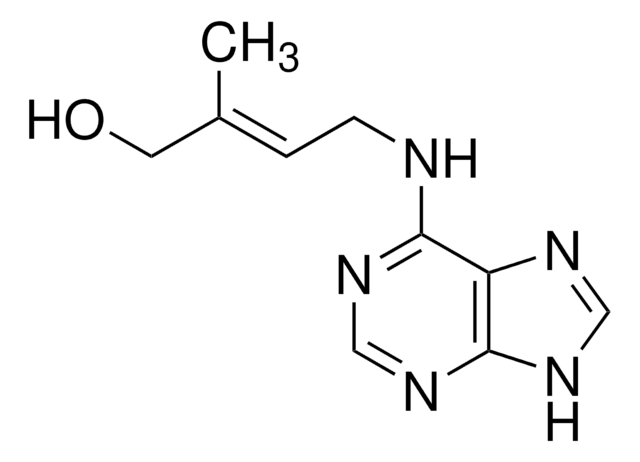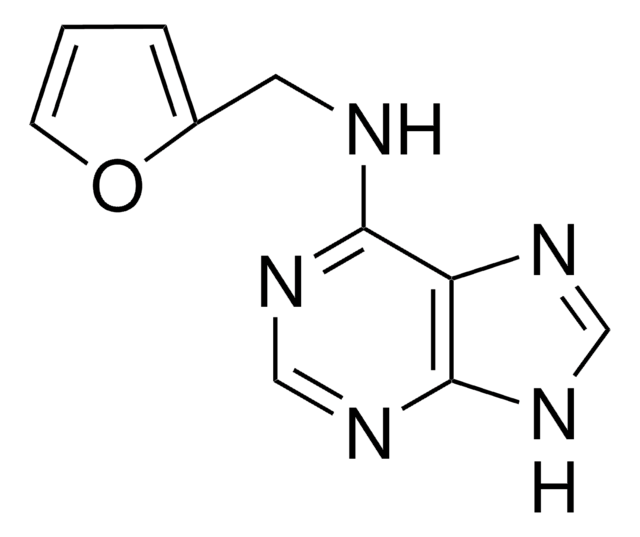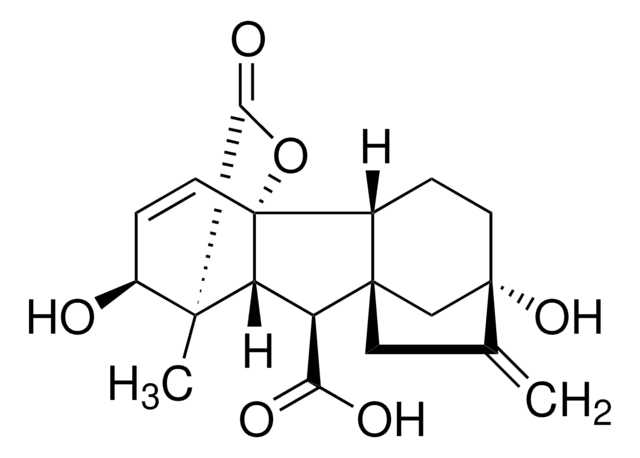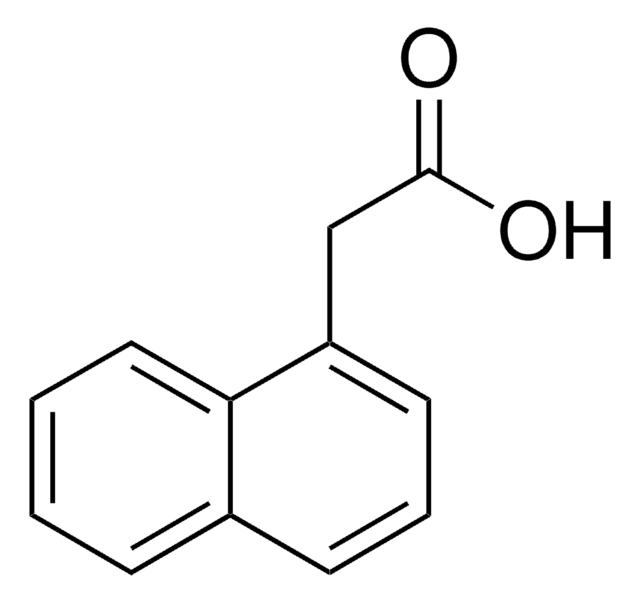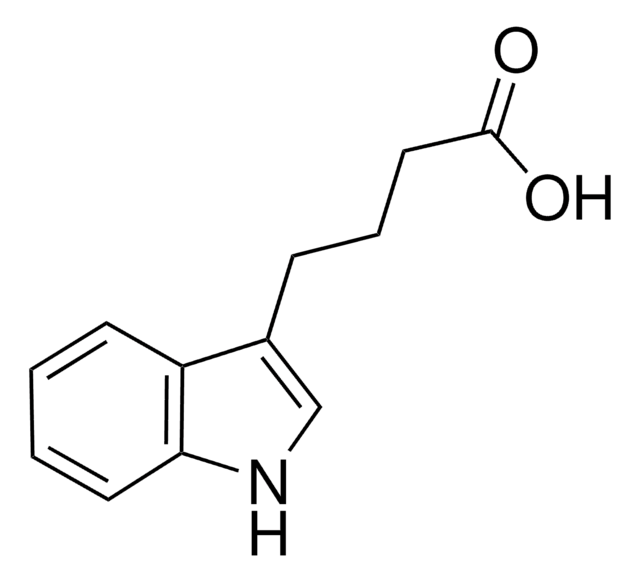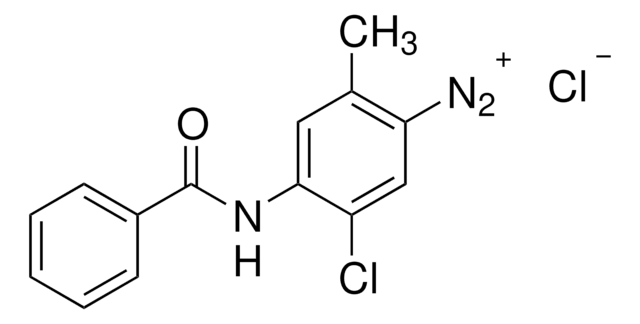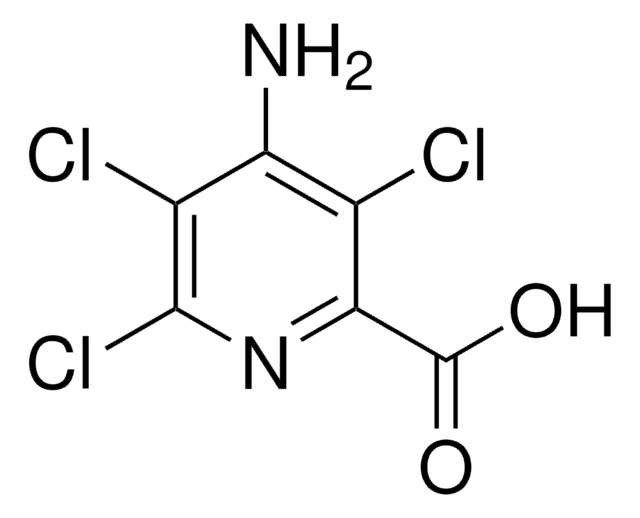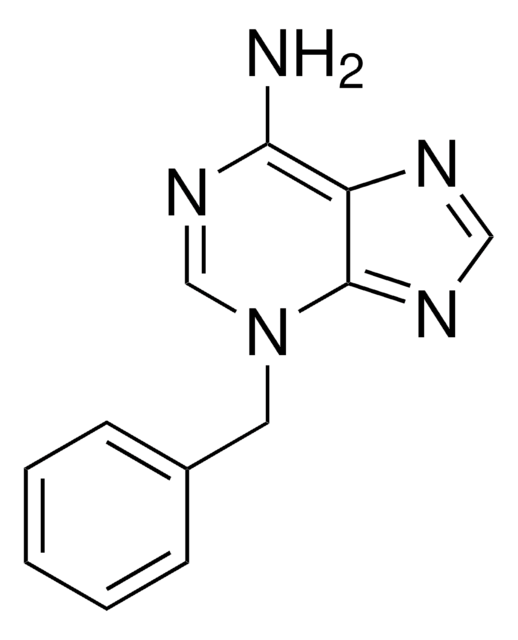P6186
Thidiazuron
BioReagent, suitable for plant cell culture
Sinônimo(s):
1-Phenyl-3-(1,2,3-thiadiazol-5-yl)urea, TDZ
About This Item
Produtos recomendados
linha de produto
BioReagent
Nível de qualidade
forma
powder
técnica(s)
cell culture | plant: suitable
aplicação(ões)
agriculture
cadeia de caracteres SMILES
O=C(Nc1ccccc1)Nc2cnns2
InChI
1S/C9H8N4OS/c14-9(12-8-6-10-13-15-8)11-7-4-2-1-3-5-7/h1-6H,(H2,11,12,14)
chave InChI
HFCYZXMHUIHAQI-UHFFFAOYSA-N
Procurando produtos similares? Visita Guia de comparação de produtos
Aplicação
- as a component of the proliferation medium to test its effect on the proliferation of embryo-like structures obtained from the post-culture of shoot tips
- as a growth regulator in Murashige and Skoog (MS) media to culture the nodal segments of Hyssopus officinalis L. seedlings
- as a cytokinin in induction media to experiment with the hormonal composition
Ações bioquímicas/fisiológicas
Embalagem
Palavra indicadora
Warning
Frases de perigo
Declarações de precaução
Classificações de perigo
Aquatic Acute 1 - Aquatic Chronic 1 - Eye Irrit. 2 - Skin Irrit. 2 - STOT SE 3
Órgãos-alvo
Respiratory system
Código de classe de armazenamento
11 - Combustible Solids
Classe de risco de água (WGK)
WGK 3
Ponto de fulgor (°F)
Not applicable
Ponto de fulgor (°C)
Not applicable
Equipamento de proteção individual
dust mask type N95 (US), Eyeshields, Faceshields, Gloves
Certificados de análise (COA)
Busque Certificados de análise (COA) digitando o Número do Lote do produto. Os números de lote e remessa podem ser encontrados no rótulo de um produto após a palavra “Lot” ou “Batch”.
Já possui este produto?
Encontre a documentação dos produtos que você adquiriu recentemente na biblioteca de documentos.
Os clientes também visualizaram
Nossa equipe de cientistas tem experiência em todas as áreas de pesquisa, incluindo Life Sciences, ciência de materiais, síntese química, cromatografia, química analítica e muitas outras.
Entre em contato com a assistência técnica